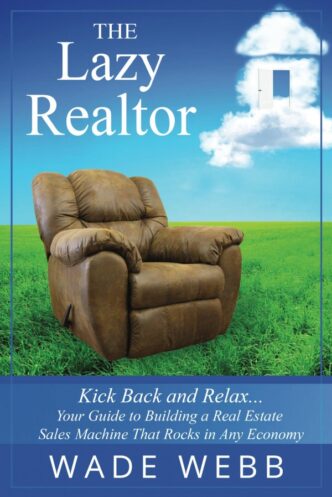 This week I am sharing from a wonderful negotiation instructor and friend of mine Suze Cummings some great strategy for us all in this unprecedented time. Stay home and stay safe but if you have a client that needs to buy or needs to sell or you have a deal that is in jeopardy of not closing, your negotiation skills are going to matter more than ever. I thought I’d take an opportunity to review the negotiation fundamentals and talk about how they might be beneficial for the next few weeks as we go through the peak of the health crisis and how they might be beneficial in the months after that when the market is sure to be unsettled, uncertain and difficult to predict. Many of you are CNE or MCNE grads and this will be a review for you but let’s sharpen those skills so you can serve your clients well.
This week I am sharing from a wonderful negotiation instructor and friend of mine Suze Cummings some great strategy for us all in this unprecedented time. Stay home and stay safe but if you have a client that needs to buy or needs to sell or you have a deal that is in jeopardy of not closing, your negotiation skills are going to matter more than ever. I thought I’d take an opportunity to review the negotiation fundamentals and talk about how they might be beneficial for the next few weeks as we go through the peak of the health crisis and how they might be beneficial in the months after that when the market is sure to be unsettled, uncertain and difficult to predict. Many of you are CNE or MCNE grads and this will be a review for you but let’s sharpen those skills so you can serve your clients well.
Collaborative versus Competitive Negotiators.
The only way to get a deal done right now is to be highly collaborative. You’ll need to work closely with the other agent on every aspect of the transaction from virtual viewing, arranging inspections, crafting offers, overcoming both parties’ unique challenges and finding the common ground or win-win outcome that they can both agree to. I’ve been working closely with my clients on some pretty complicated deals these past couple of weeks and in each situation, I am 100% sure that the only reason those deals went together was because both agents were deeply committed to working together to overcome all of the challenges. The creative problem solving that was required took the input from both agents (and outside help as well)
By definition, a competitive negotiator is looking to win and have the other side lose. It’s a zero-sum game and they don’t care about trust, relationships, emotions or anything else except winning. While a degree of competitive behavior can be beneficial in some cases where you have a strong power advantage, it will destroy any chance of crafting a deal in this environment.
While it’s impossible to predict what the market will do when we get through the peak of the health crisis, we are likely to see some competitive negotiators come back into the market representing buyers who want to take advantage of desperate sellers. We will cover this in much more detail as those days unfold but know that having a clear understanding of the benefits of collaboration and not being emotionally upset by an aggressive competitive negotiator are the first steps to being able to get deals done. We are likely to have the opportunity to learn a lot about the aggressive low-ball offer – a classic competitive negotiation tactic that is very common in buyers’ markets.
Stands, Positions and the SAM Model
I won’t sell my house for a penny less than $x. This is a classic stand and our business is full of them. It could be about price, or commission, or timing, or marketing. In the CNE courses, we use the SAM model to go below the stand to understand more about what is going on the client and help them make good decisions. The stands will often be firmer during times of duress when people are afraid. It’s a natural bit of human nature and now more than ever, you need to see past the stand, ask questions to understand what is truly going on and tap into the emotions so you can help them make the best decisions. This takes time, patience, empathy and skill. You need to build a high level of trust so that they will be open to sharing the important details of their situation with you. As we pass through the peak of the pandemic, and we see some trades start to happen, it’s likely that pricing will be lower than the peak that occurred in February. It’s possible that we could see prices declining for some time. Your ability to see stands and be able to get below them to the stuff that matters will be critical. The SAM model is a great tool but also sharpen up on your questioning skills, trust building and communications.
Communication Principle
I’ve talked in the past about how much more effective you can be in a negotiation when you are face to face; and now, we can’t be face to face. It’s tempting to flip an email off to someone but think carefully about your best means of communication. Research says that when we communicate by written word only, our chances of persuading someone is about 15%. When we more to spoken words as in the phone, there is more information and immediate response and the rate increases to 35%. Face to face it jumps to 60%. In my experience these numbers are about right except if you are a highly skilled negotiator in which case each number might be 10-20 basis points higher. When negotiations get more complicated, communication matters more. This is why zoom and other video conferencing platforms are so popular now. I would suggest that whenever possible in any negotiations, you try to meet with your counterparts on Video and if that isn’t possible, use the phone. Leave email for sending information and following up. High level negotiation skills are going to be a critical part of your return to productivity when transactions start to occur again. Take the time now to sharpen them up. Take an online CNE or MCNE course or if you are financially vulnerable, don’t spend the money and read some books. Here are a few recommendations. Getting to Yes is the number one recommendation.
Strength and courage,
Wade




